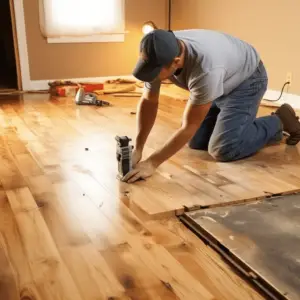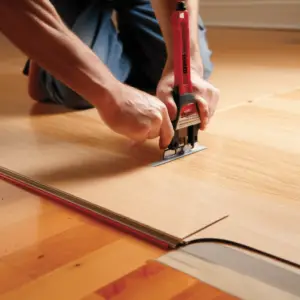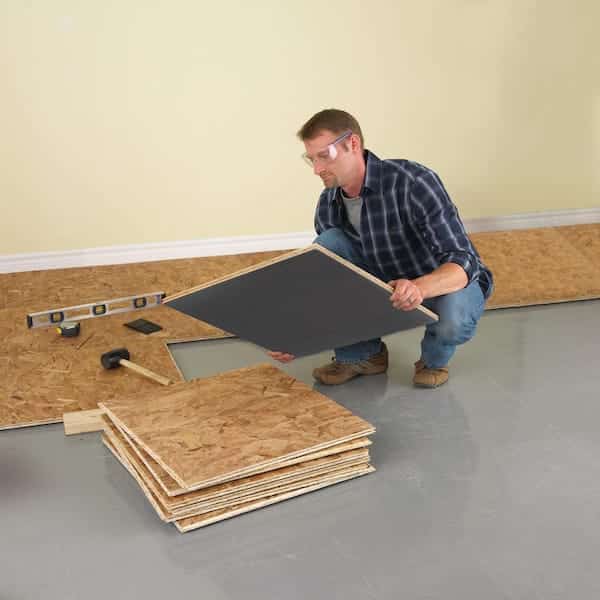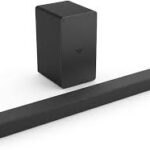Staples removal, For the latter half of the 20th century, carpeting predominated as the flooring choice for newly constructed residences. But as things have evolved, carpeting is becoming less popular. Nevertheless, there are still many houses with carpets in some areas.
At the height of the carpeting craze, magnificent hardwood floors were covered with carpeting because they were out of style. People are currently removing the carpeting and returning to the elegance of the hardwood flooring. However, things aren’t always as simple as they seem.
Staples removal simple to remove carpeting; a skilled individual can do it in a couple of hours to a whole house. However, there will typically still be many stapes and possibly some adhesive.
Before installing the new pad, carpet layers typically pound those staples into the carpet. But that is a bad idea if the house has hardwood floors. Staples removal it becomes necessary to refinish the hardwood floors in the future, leaving those staples in place may result in issues.
This article will walk you through the best ways to remove the staples on the softwood subfloors and the hardwood subfloors.
Table of Contents
How to Remove Staples from Subfloor: Softwood Floor

The finest instrument for removing those staples from floors made of plywood or pine board is a long-handled scraper with an 8″ razor blade. The sharp blade will snag in the metal of the staples, causing them to come out, making it easy to remove the staples while being gentle on the back.
This is the only method in this article that can be done standing up instead of spending hours on the floor.
Some staples, especially clustered ones, may be difficult to remove using this tool. A smaller, 4″-bladed variant of the same instrument can be utilized. The smaller tool has better control but less leverage.
Finally, a set of diagonal cutters is the best tool for staples that the 4″ scraper can’t reach. They provide the staple’s metal the same kind of hold that a razor blade would. Just be careful not to close them down too much to cut off the staple; otherwise, you might have to pound it in.
How to Remove Staples from Subfloor: Hardwood Subfloors
Hardwood floor staple removal is much harder than softwood. Most staples on oak hardwood floors must be removed using a smaller scraper or diagonal cutters.
Personna scrapes 4″ with a bulbous handle. Thus, pressing down on the scraper’s rear is easier without hand strain. It will be cost-effective unless only a few staples are removed.
If the scraper fails, use a lever-action staple remover. Many are available. Pushing down, grasping, and pulling up the lever presses the staple best. You may remove the staple on both sides that way.
What to Avoid When Removing Staples on Subfloors
Most individuals use a straight-blade screwdriver or a pair of pliers to attempt to remove staples from the floor. Some have even tried using a pry bar, but neither that nor the screwdriver work. While pliers can be used, doing so is a rather laborious process.
Some of the most challenging staples could require pliers, mainly if the staple breaks off and only one leg remains firmly embedded in the board. In that scenario, grab the staple using slip-joint pliers as close to the floor as possible, then roll the pliers over the curve to remove it.
Small water pump pliers can be used for the same purpose.
Carpet Tack Strip Removal

If new carpet is put, the tack strips can be reused. Few things might go wrong. Before using them again, make sure they’re securely connected to the floor, the upward-facing tacks are in place, and no pieces came up with the carpeting.
Tack strips cannot be left in place if a different floor covering is fitted. Then, they must be removed without damaging the wood floor. Pull up on the tack strips with a long-handled set of electrical pliers with a well-shaped nose to remove them. These can hold tacks and pull up on them, causing the strip to rise and possibly break.
The nails holding the tack strips may or may not come out with the strips, as the tack strip will probably break. Use a cat’s paw nail puller to get rid of such nails, supporting it on a thin piece of plywood so that the rocking action required to draw the nail out won’t cause the nail puller’s head to dig into the flooring. If necessary, drive the nail puller under the nail’s head using a regular claw hammer.
Frequently Asked Questions
Should You AlwaysTake Out the Staples Before Underlayment?
Even staples removal they are not sticking up, it is essential that you remove all the staples, nails, and tacks before installing new underlay and carpet. They might get loose on a later date, and you or a child might step on them one day.
Should Staples Go Through the Subfloor?
It’s crucial to get the right staple length. Ensure that your flooring is affixed to your subfloor, but the staples don’t pass through. The vapor barrier and your floor may be damaged if the staple penetrates the subfloor.
How durable are subfloors?
When properly protected from moisture, most flooring materials can last the life of the home. If the subfloor is regularly exposed to moisture, it may need to be replaced after 20–30 years.


